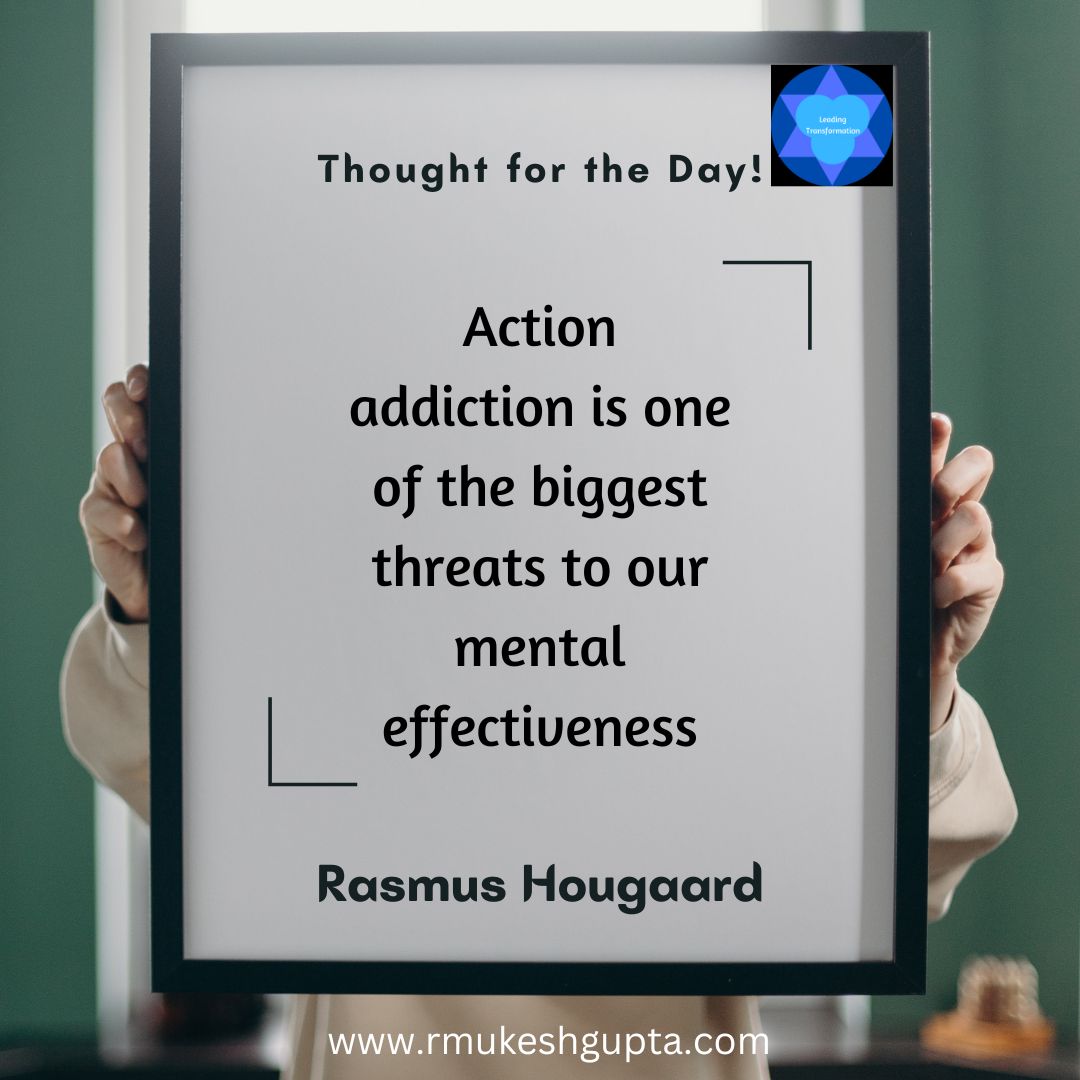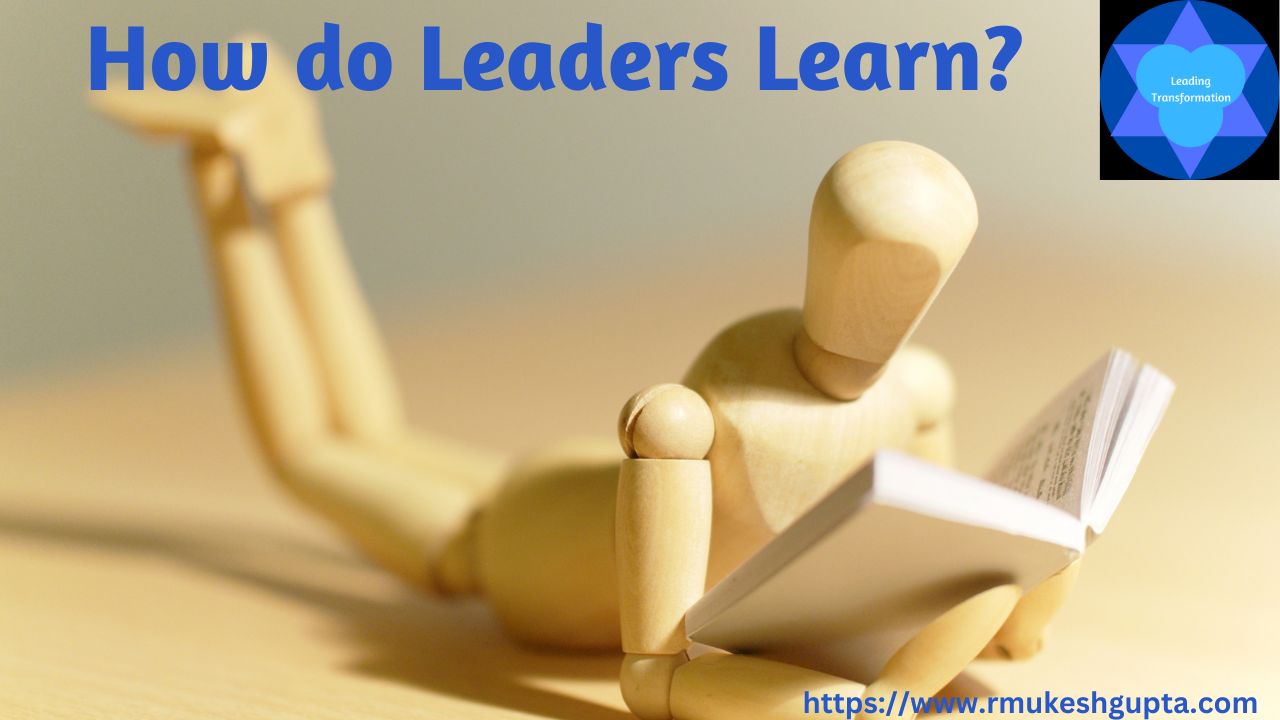Steven Pressfield, the author of one of the most iconic book on Creativity and its so called nemesis, the resistance – “The War of Art“, in his recent blog post talks about the importance of training for creative professionals.
I totally believe that leading is an act of active creation and therefore what is applicable for creative artists is also applicable for all of us leaders (and yes, that also includes you if you are aspiring to be a leader).
It is true that deliberate, specific and repetitive training, programs our System 1 (as defined by Daniel Kahneman, which is our instinctive reaction to a given situation) to respond to stimuli in a given way. So, if we really want to behave in a certain situation, in a specific way, we need to train ourselves to do so deliberately.
Each and every one of us brings certain inherent strengths with us as leaders. Similarly, each and everyone of us also brings certain inherent weakness as a leader as well.
Some of us could struggle with managing our emotions, some of us might struggle with having difficult conversations, some of us might find it difficult to make decisions when things are uncertain and some of us might struggle with coming up with an inspiring vision, while some of us might find it difficult to communicate that vision.
Whatever it is that doesn’t come to us naturally, we need to train. We need to continually practice that skill until, it becomes second nature to us. Leadership starts with self-leadership and there is no better way to lead ourselves than by continuously working on ourselves to become better leaders.
As Steven shares in his blog,
“In an emergency you don’t rise to the occasion, you sink to the level of your training.”.
– Steven Pressfield
So, as leaders, let us now allow lack of training to stop us from being the best leader that we can be. Now the question then is how do we train on these skills.
This depends on the kinds of skills that we are looking to train on.
If it is a technical skill, we need to learn the fundamentals and for which we might need formal training to begin with. It is good to hire a trainer, mentor or a coach who can teach us the fundamentals upon which we can then build our practice.
If it is a behavioural skill, we can start by using visualising exercises to start the training. We imagine ourselves in the situation we might find ourselves and visualise different ways we could behaviour in that situation and explore if the result is what we want to achieve. Once we find the best way to respond to a given situation, we can continue to then visualise ourselves responding to the situation in the way we have decided.
Once this works, then it is important to put ourselves in low stake situations where we can practice what we have learnt without actually bringing the house down. We can do this via role play or by creating safe spaces with the trainer, coach, mentor or with our trusted colleagues.
In conclusion:
One other thing that all of us know but a lot of us fail to implement is the importance of prioritisation and sequencing of the skills we want to build on. We need to identify the highest leverage skill that we need to master, go out and master it and once done, then repeat the process. As you can see, if done this way, this is a never ending journey.
Learning is an infinite loop. The more we learn, the more we realise there is more to learn!
– Mukesh Gupta




